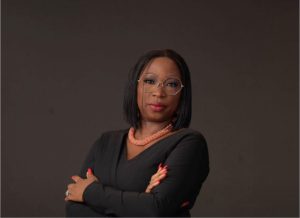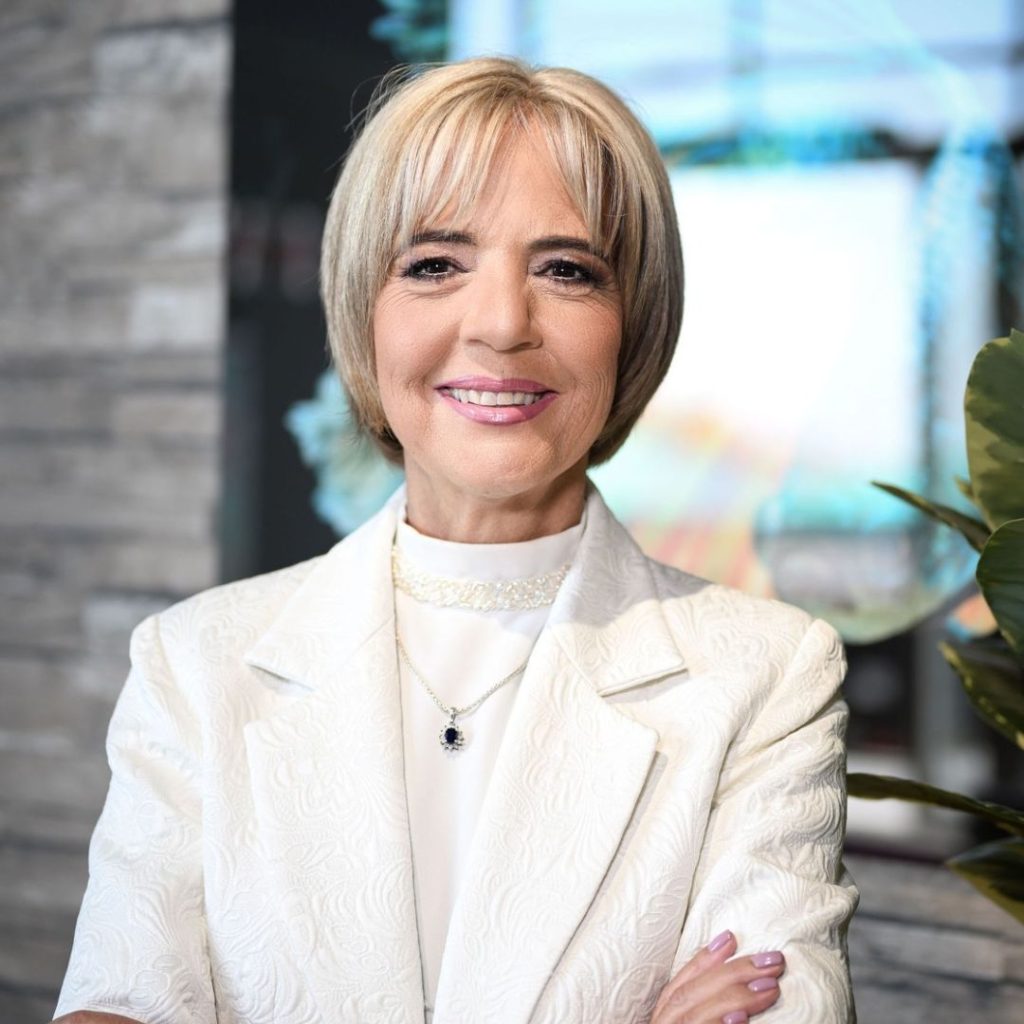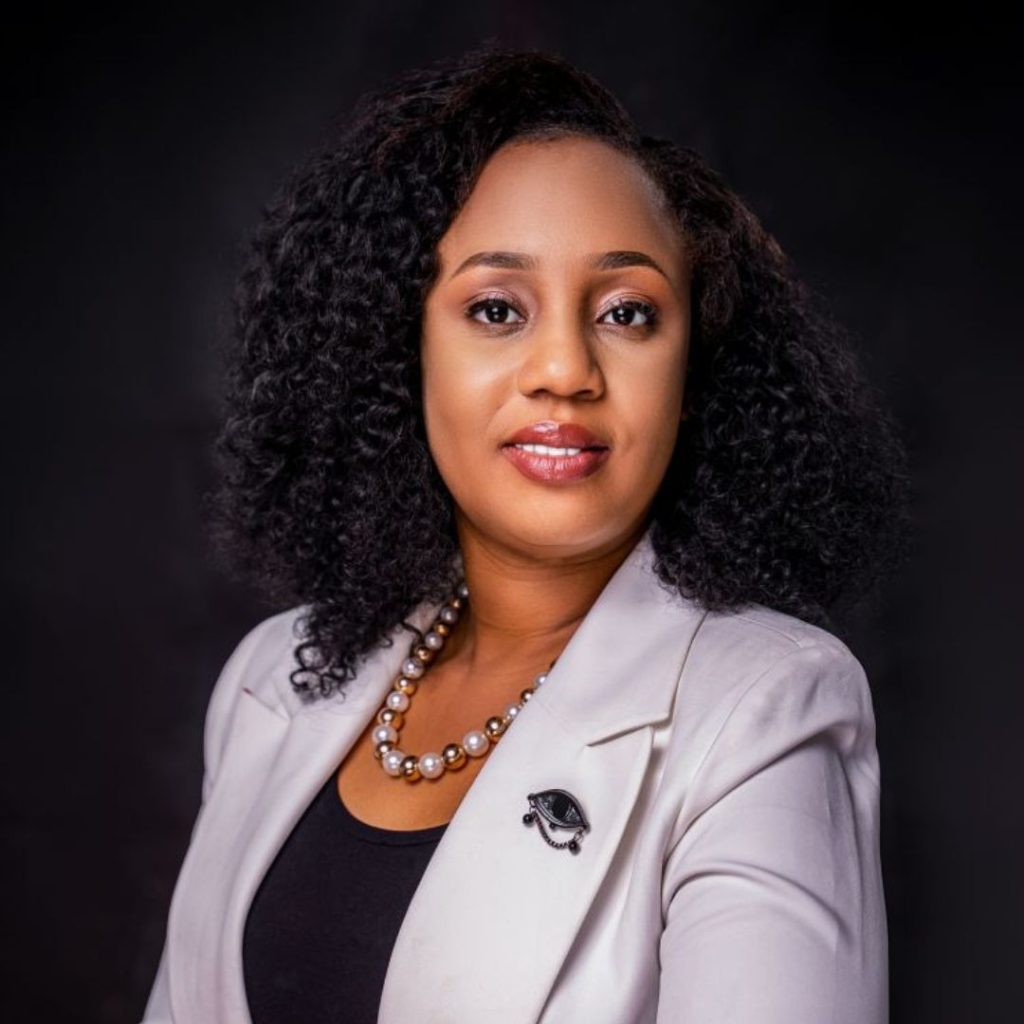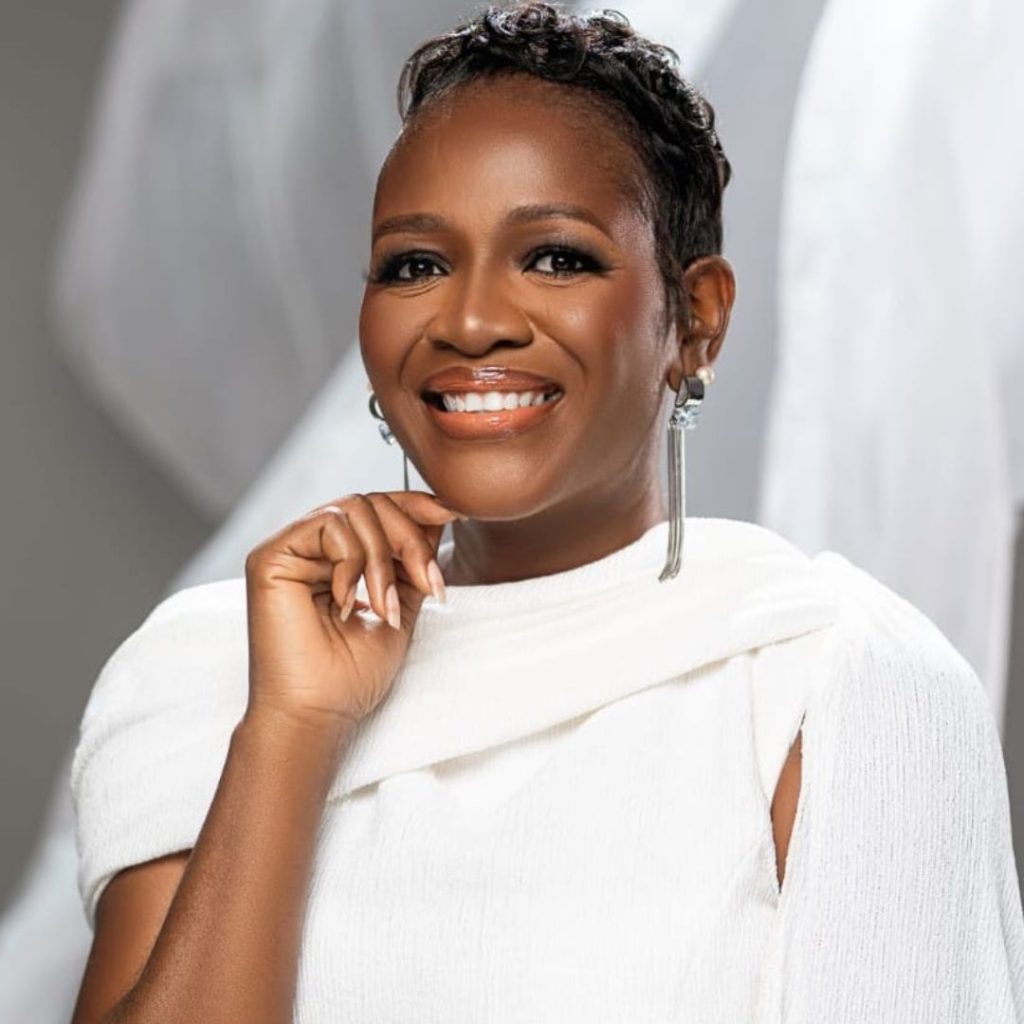“Building a brand is about who you are being, not just what you’re doing or saying.”
Brenda earned her MBA from the Harvard Business School and began her career shaping billion-dollar mega brands for Fortune 100 companies across 50 countries and four continents.
After leaving the corporate world, she started her own C-suite coaching practice and is now a global keynote speaker as well. She has offices in the US and in Singapore and now walks across six continents and has coached dozens of C-suite leaders of billion-dollar corporations.
She’s a global certified speaking professional and a keynote speaker recognized as a top 10 expert in both coaching and branding by Global Gurus and as a world leader in coaching by Thinkers 50.
How can we have an incredible brand without being a thought leader?
How you are being is more important to building a brand than what you are doing or saying or writing. You’ve got to remember that people won’t remember what you did or said—they will remember how you made them feel.
So how you are being is just as important. We’ve all had experiences with people who have an aura about them. They might not be overflowing with pearls of wisdom, but there’s something about them that makes you want to be near them. That’s the kind of person who is authentic. That’s what I’m saying—you don’t have to be a thought leader to build a strong brand.
Now, if you want to be a thought leader, go for it. But here’s what I’d suggest: Get really clear on what your zone of genius is. What are you really good at, and what do you love doing? If it’s something that aligns with your true zone of genius, then and only then should you think about leading in that area. But it’s not a requirement for creating an incredible brand.
How can people leverage strong brands to attract C-suite roles, board roles, and speaking opportunities?
The key is to be the kind of person that others want on a board, in a C-suite role, or as a speaker. It sounds simple, but it’s exactly that: People want to work with and hire those they like and trust. Be likable. Be trustworthy.
Also, it’s critical to let people know what you’re interested in. Women, in particular, often don’t do this. Many women hesitate to tell others that they are interested in board positions, speaking engagements, or C-suite roles.
But you don’t have to shout it from the rooftops. You can frame it authentically, like, ‘I’m at a stage in my career where I would benefit from being on a board, and I believe I have a lot to offer in areas like X, Y, and Z.’ You can even go further and say, ‘If you know of any boards looking for someone with expertise in this industry, let me know.’
This approach works because it puts the intention out there. I remember telling someone years ago that I wanted to be a professional speaker. A couple of days later, they called me to ask if I could speak at an event because the ambassador had canceled. If I hadn’t told them, they wouldn’t have thought of me. That’s the power of simply letting people know.
What is your advice for people who are just starting out in personal branding or for those who feel like they’ve damaged their brand?
One of the greatest gifts we have as humans is our ability to imagine. So, when someone comes to me, the first thing I encourage them to do is get clear on what they really want.
What does the future look like, feel like, taste like, smell like? When you bring that vision to life in your mind, it’s astonishing how quickly it starts to appear. I work with CEOs and get them to envision the future—not just for their organizations, but for themselves and their families.
We often aren’t taught this in business school. In fact, as kids, we were discouraged from daydreaming. But allowing yourself to imagine what you truly want is a critical step.
What do you want to be known for? What does it feel like to live that life or build that brand? Envision it in detail. I have an exercise called ‘A Day in the Life,’ where I get clients to mentally walk through what their ideal day looks like in that future version of themselves. Once you have that vision, keep it as your North Star. Stay with it every single day.
You can’t just talk about it; you have to feel it. Imagine what it feels like to live the life you want, to embody the brand you want to build. Then, take one step every day toward that vision. Life becomes an adventure when you’re living with that kind of intentionality. You’ll look back and realize how much fun it’s been.
Would you say that demystifying personal branding and centering yourself is the ethos of how you teach personal branding?
Absolutely. Trying to be someone you’re not simply doesn’t work. It’s not natural, and you can’t sustain it long-term. If you try, you’ll burn out or feel unfulfilled. Personal branding is about aligning what you stand for with how you act, and when those two things are in harmony, you create a brand that feels good—not just to others but also to yourself.
We often make the mistake of seeking external validation. Maybe your parents told you to act a certain way, or your boss expects something specific from you. But it’s not about molding yourself into what others want.
It’s about understanding their needs and figuring out how to meet those needs in a way that aligns with who you truly are. When you can do that, you resonate with others while staying authentic to yourself. That’s the essence of a strong, consistent brand.
How can female executives align their brands with the values and goals of an organization while still retaining their identity?
To address this, it’s important to think about the “personal brand and company brand connection.” A helpful exercise is the five-words method, where you identify five words that describe who you are and compare them to the five words that define your organization. The overlap, or lack thereof, will help you assess the alignment.
For instance, I once coached a woman who worked at an airline for 15 years. Initially, her personal values were fully aligned with the company’s, but as the company underwent significant transformation, the alignment began to wane.
By comparing her values to the company’s new direction, she realized they no longer fit as well. Exercises like this can help determine whether to stay and adapt or move to an organization that aligns better with your identity. It also empowers you to make proactive career choices.
What are some mistakes female executives make when building personal brands, and how can they avoid them?
The most common mistake is a lack of consistency. Consistency matters across behaviors, reactions, appearance, communication, and thought processes—these elements reflect your personal brand every day.
For example, I once coached two executives, a man and a woman, who wanted to apply for the same leadership role. When asked to assess themselves against the five characteristics the company was looking for, the man confidently identified that he met four out of five and believed he could develop the fifth.
The woman, on the other hand, felt she wasn’t qualified because she lacked the fifth trait. This highlights how women often judge themselves too harshly, which can hold them back. Women need to recognize their potential for growth and approach opportunities with confidence, rather than focusing on perceived shortcomings.
Should people stick with the characteristics they already embody, or should they challenge themselves to develop traits they aspire to?
When choosing the five words for your personal brand, it’s best to stay authentic and pick traits that resonate with who you are. However, it’s okay to include one word that challenges you to grow.
For instance, if you struggle with networking but want to become more approachable, you can develop that skill by preparing questions or strategies to engage in social settings. However, it’s important not to choose traits that are too far removed from your core personality.
For example, an introvert doesn’t need to aim for extroversion to be an effective leader. Instead, they can embrace their introverted strengths while gradually developing complementary skills. Growth is important, but it should align with who you genuinely are.
How important is building a digital presence for attracting top-tier leadership roles?
Digital presence is critical for global visibility and relevance, especially in today’s highly connected world. Senior executives are expected to share thought leadership and insights that demonstrate their expertise and perspective.
A strong digital presence, such as an active LinkedIn profile or participating in industry conversations online, can make you stand out to potential recruiters, collaborators, and decision-makers.
It shows that you’re not only competent but also forward-thinking and adaptable to modern leadership expectations.
Conclusion
Inspired by Brenda’s insights? Subscribe to our Ascent newsletter for exclusive insights, strategies, and growth tips tailored for women aspiring to C-suite and boardroom success.
Don’t miss out on the tools to elevate your leadership journey, sign up by clicking on the link below.












